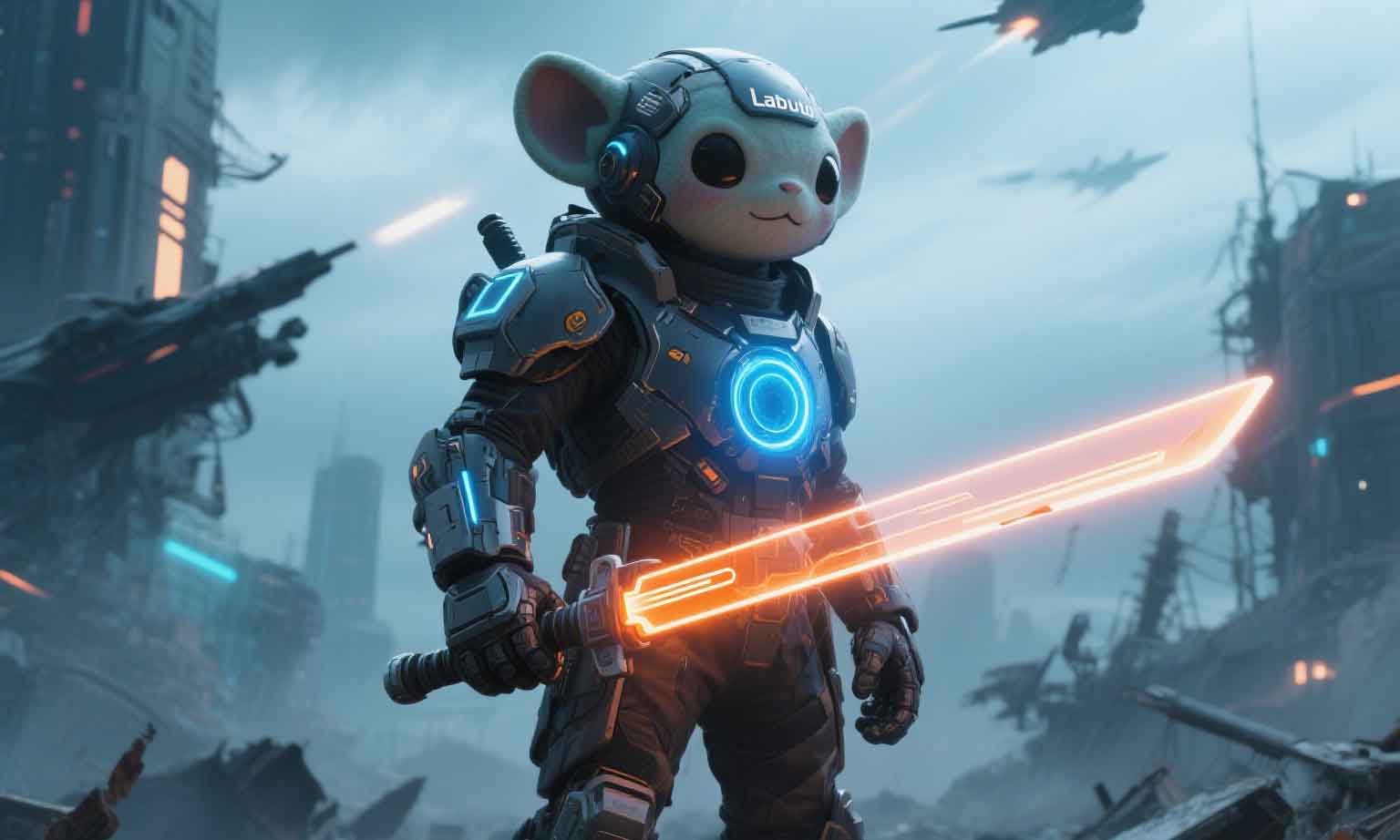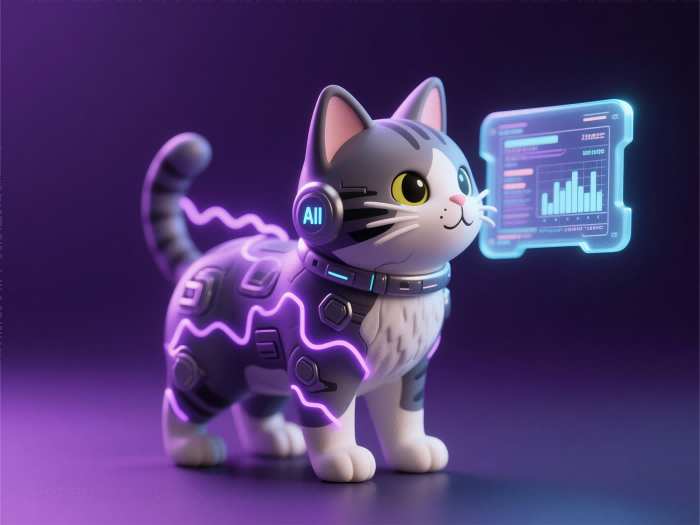AI Toys: Transforming Playtime and Beyond
知秋 2025-05-27
In recent years, the toy industry has witnessed a remarkable transformation with the integration of artificial intelligence (AI) technology. AI toys have emerged as a new category, captivating consumers of all ages with their interactive and intelligent features. This article delves into the market landscape of AI toys, exploring their applications, technological advancements, and the challenges they face.
In recent years, the toy industry has witnessed a remarkable transformation with the integration of artificial intelligence (AI) technology. AI toys have emerged as a new category, captivating consumers of all ages with their interactive and intelligent features. This article delves into the market landscape of AI toys, exploring their applications, technological advancements, and the challenges they face.
One of the key trends in the AI toy market is the focus on educational value. Parents are increasingly seeking toys that can not only entertain their children but also enhance their learning and cognitive skills. AI toys, such as educational robots and interactive learning companions, are designed to provide personalized learning experiences, adapting to the child's pace and interests. For example, Fisher-Price's Think & Learn Code-a-Pillar Smart uses AI to teach kids basic coding concepts through interactive play.
Another trend is the integration of AI with augmented reality (AR) and virtual reality (VR) technologies. This combination creates immersive and interactive play experiences, blurring the line between the physical and digital worlds. For instance, Mattel's View-Master Virtual Reality Starter Set combines AR technology with AI-powered content, allowing kids to explore virtual worlds and interact with virtual characters.
For adults, AI toys can be a source of entertainment and stress relief. They can also be used for therapeutic purposes, such as in the treatment of anxiety and depression. For instance, Huggable is an AI-powered teddy bear that uses natural language processing and machine learning to provide emotional support and companionship to people in need.
In the elderly care sector, AI toys can play a crucial role in improving the quality of life for seniors. They can provide companionship, stimulate cognitive function, and even monitor health conditions. For example, Paro is a therapeutic seal robot that uses AI to respond to touch, sound, and light, providing comfort and emotional support to elderly patients.
One of the significant technological advancements in AI toys is the development of more sophisticated sensors. These sensors allow AI toys to detect and respond to a wider range of stimuli, such as touch, sound, and movement. For example, some AI toys are equipped with touch sensors that can detect different levels of pressure, enabling them to respond differently to gentle touches and rough handling.
Another area of advancement is in the development of more efficient and powerful AI algorithms. These algorithms enable AI toys to process and analyze large amounts of data in real-time, allowing for more intelligent and responsive interactions. For example, some AI toys use deep learning algorithms to analyze a child's play patterns and preferences, providing personalized recommendations for games and activities.
Another challenge is the potential for AI toys to replace human interaction. While AI toys can provide companionship and entertainment, they cannot fully replace the emotional connection and social skills that are developed through human interaction. There are concerns that excessive use of AI toys could lead to a decrease in social skills and emotional intelligence in children.
In addition, there are also concerns about the educational value of AI toys. While many AI toys claim to be educational, there is a lack of evidence to support these claims. There are concerns that some AI toys may be more focused on entertainment than education, and that they may not provide a comprehensive and well-rounded learning experience.
Market Growth and Trends
The global AI toy market has been experiencing exponential growth. According to market research firm Statista, the market size of AI toys was valued at approximately 1.5 billion in 2020 and is projected to reach 5.2 billion by 2025, with a compound annual growth rate (CAGR) of around 28%. This growth can be attributed to several factors, including the increasing adoption of AI technology, the rising demand for educational and interactive toys, and the growing disposable income of consumers.One of the key trends in the AI toy market is the focus on educational value. Parents are increasingly seeking toys that can not only entertain their children but also enhance their learning and cognitive skills. AI toys, such as educational robots and interactive learning companions, are designed to provide personalized learning experiences, adapting to the child's pace and interests. For example, Fisher-Price's Think & Learn Code-a-Pillar Smart uses AI to teach kids basic coding concepts through interactive play.
Another trend is the integration of AI with augmented reality (AR) and virtual reality (VR) technologies. This combination creates immersive and interactive play experiences, blurring the line between the physical and digital worlds. For instance, Mattel's View-Master Virtual Reality Starter Set combines AR technology with AI-powered content, allowing kids to explore virtual worlds and interact with virtual characters.
Applications in Daily Life
AI toys have a wide range of applications in daily life, catering to different age groups and needs. For children, AI toys serve as educational tools, helping them learn new skills and knowledge in a fun and engaging way. They can also provide companionship and emotional support, especially for children who may be feeling lonely or isolated. For example, Anki's Cozmo is a small, adorable robot that can recognize faces, play games, and even express emotions, making it a great companion for kids.For adults, AI toys can be a source of entertainment and stress relief. They can also be used for therapeutic purposes, such as in the treatment of anxiety and depression. For instance, Huggable is an AI-powered teddy bear that uses natural language processing and machine learning to provide emotional support and companionship to people in need.
In the elderly care sector, AI toys can play a crucial role in improving the quality of life for seniors. They can provide companionship, stimulate cognitive function, and even monitor health conditions. For example, Paro is a therapeutic seal robot that uses AI to respond to touch, sound, and light, providing comfort and emotional support to elderly patients.
Technological Advancements
The development of AI toys is closely tied to advancements in AI technology. Machine learning, natural language processing, and computer vision are some of the key technologies that power AI toys. These technologies enable AI toys to understand and respond to human commands, recognize emotions, and adapt to different environments.One of the significant technological advancements in AI toys is the development of more sophisticated sensors. These sensors allow AI toys to detect and respond to a wider range of stimuli, such as touch, sound, and movement. For example, some AI toys are equipped with touch sensors that can detect different levels of pressure, enabling them to respond differently to gentle touches and rough handling.
Another area of advancement is in the development of more efficient and powerful AI algorithms. These algorithms enable AI toys to process and analyze large amounts of data in real-time, allowing for more intelligent and responsive interactions. For example, some AI toys use deep learning algorithms to analyze a child's play patterns and preferences, providing personalized recommendations for games and activities.
Challenges and Concerns
Despite the rapid growth and potential of AI toys, the industry also faces several challenges and concerns. One of the primary concerns is privacy and data security. AI toys often collect and store large amounts of data about their users, including personal information and play patterns. There are concerns that this data could be misused or hacked, putting users' privacy at risk.Another challenge is the potential for AI toys to replace human interaction. While AI toys can provide companionship and entertainment, they cannot fully replace the emotional connection and social skills that are developed through human interaction. There are concerns that excessive use of AI toys could lead to a decrease in social skills and emotional intelligence in children.
In addition, there are also concerns about the educational value of AI toys. While many AI toys claim to be educational, there is a lack of evidence to support these claims. There are concerns that some AI toys may be more focused on entertainment than education, and that they may not provide a comprehensive and well-rounded learning experience.













